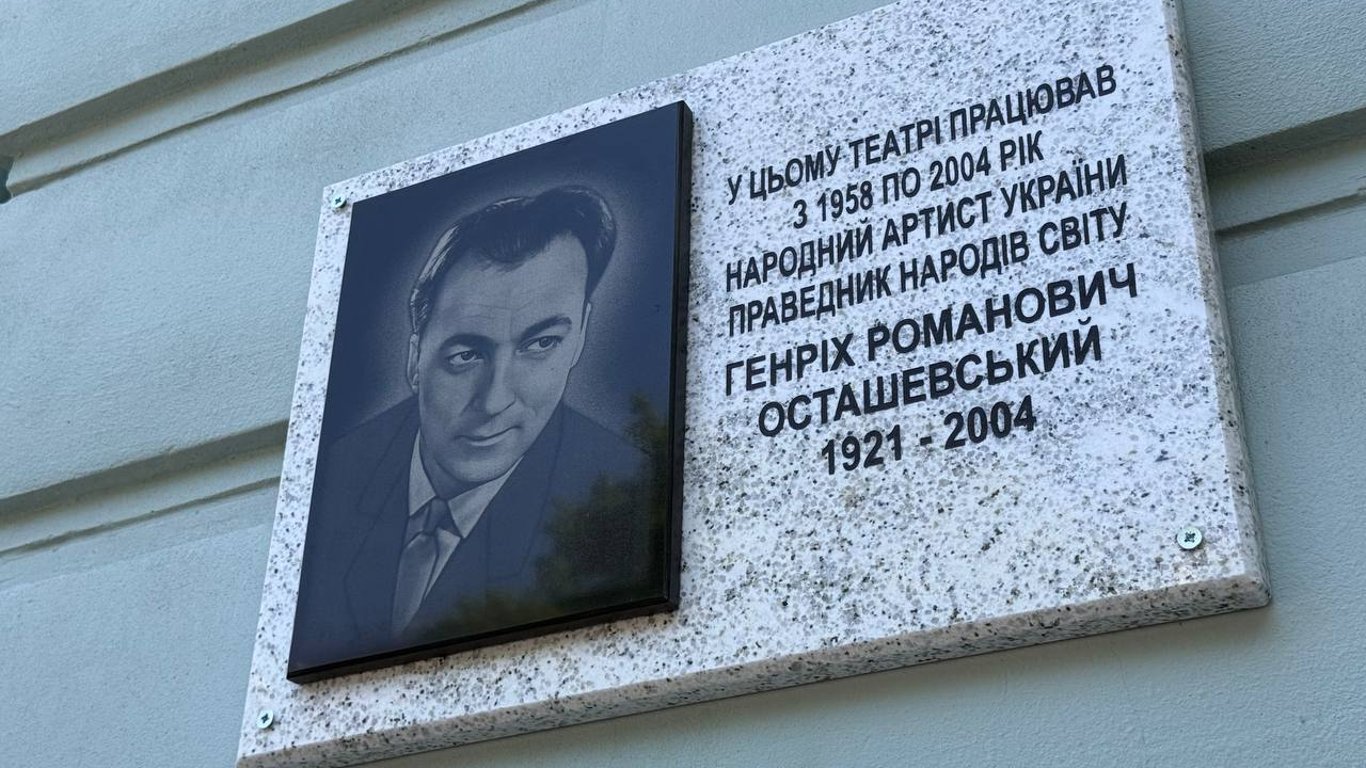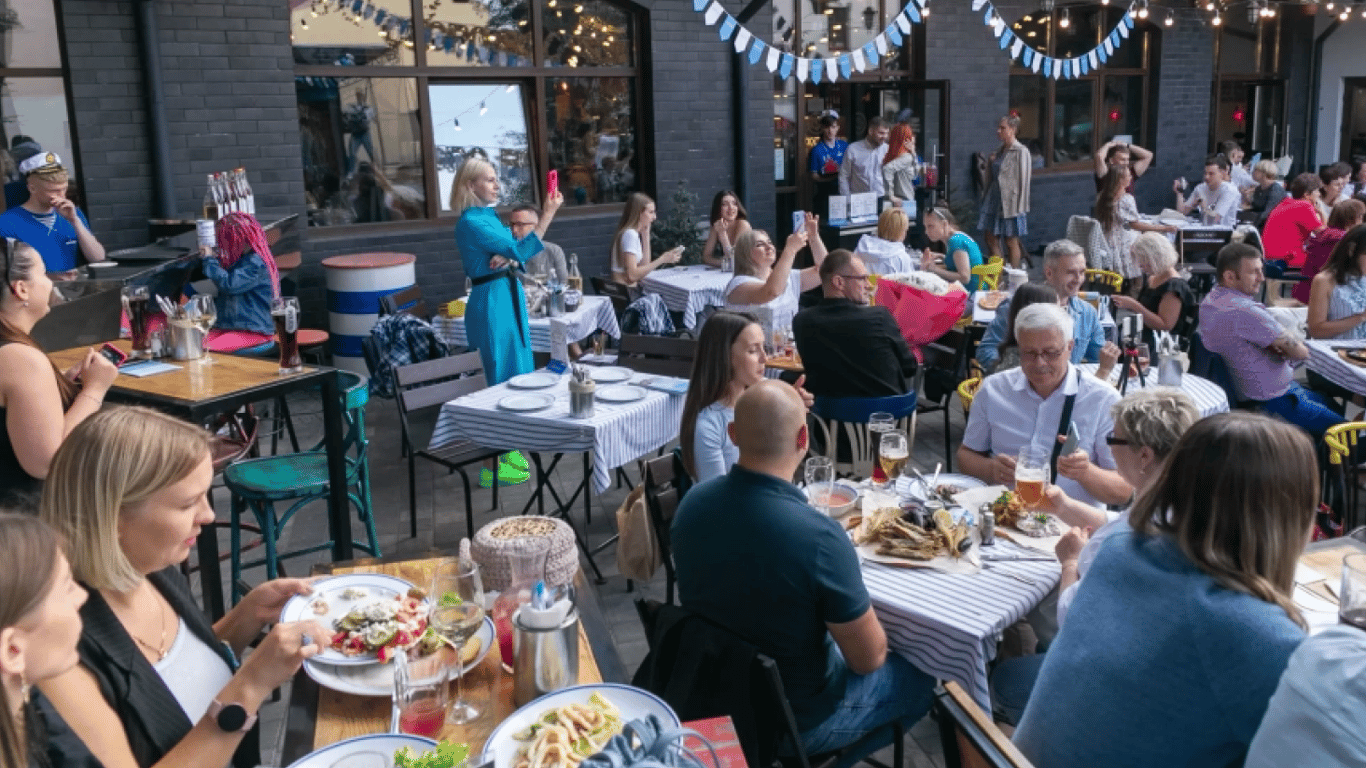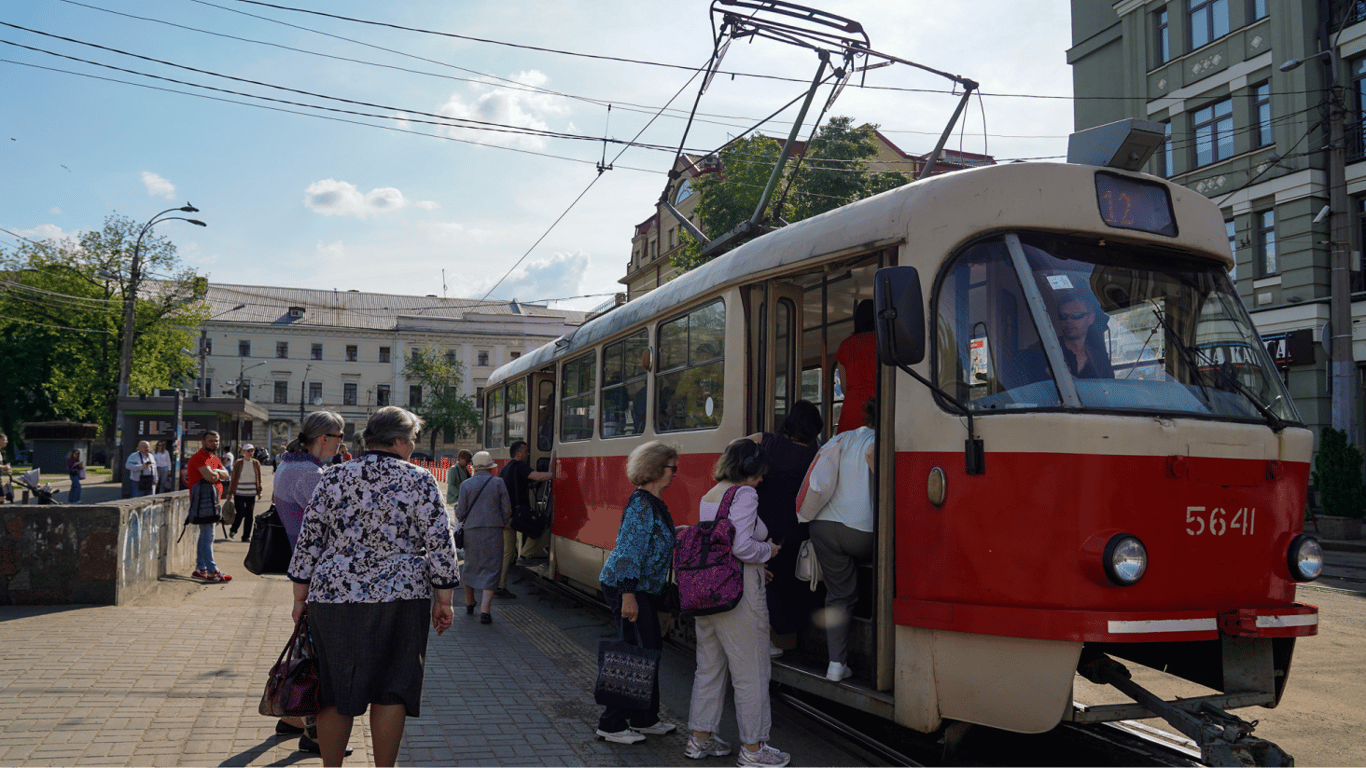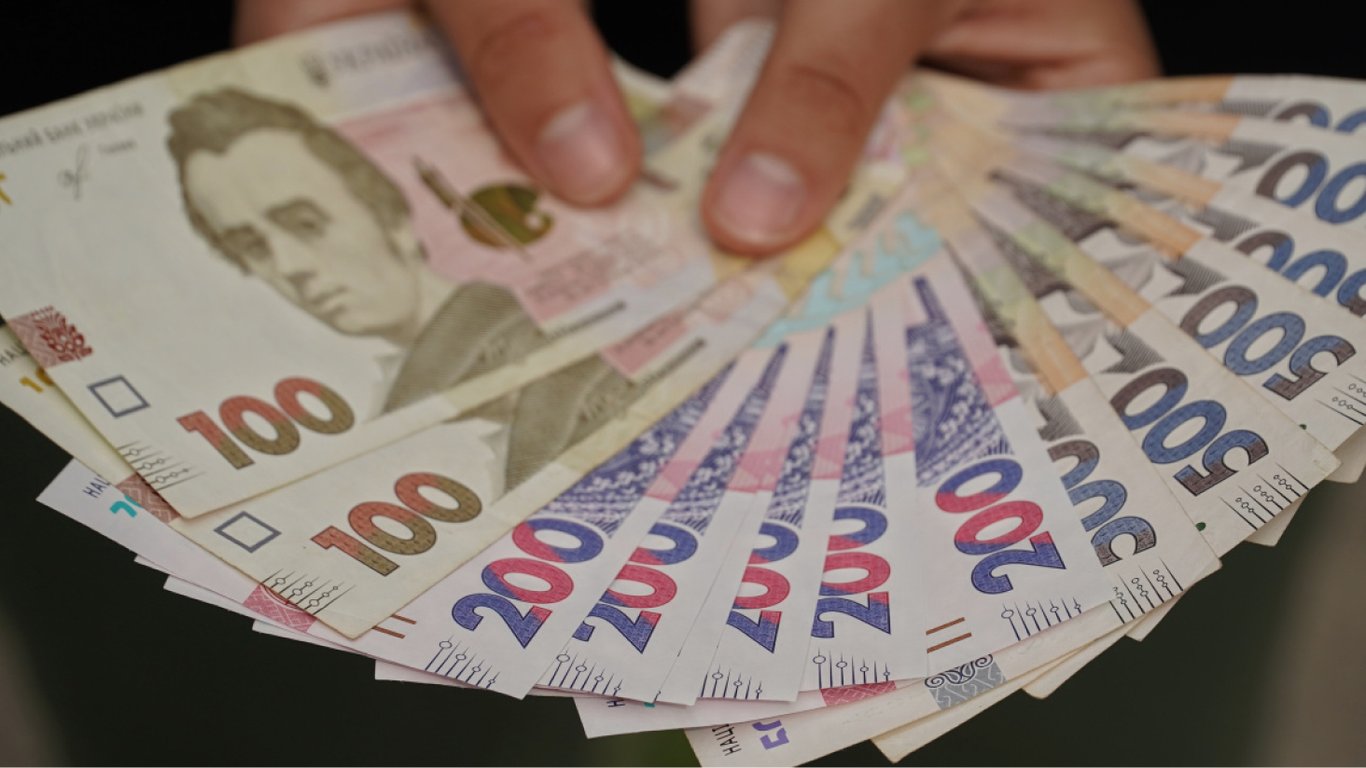Boiler: which is better to choose and why.

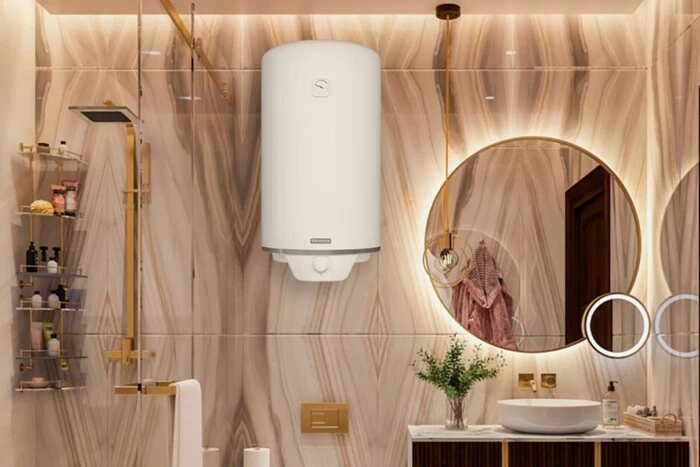
Hot water at home is a basic need in modern times. To be able to conveniently perform household chores, such as washing dishes, taking a shower, and doing laundry, you need a boiler. But how to choose the right boiler from the wide assortment that shops offer? Why is it better to choose a boiler with a dry heating element, even though it may be more expensive? Note that the online store Venkon sells boilers at manufacturer's prices, so they may have more attractive prices.
Criteria for Choosing a Boiler
When choosing a boiler, you need to pay attention to the following:
- Manufacturer. It is better to choose well-known brands that have proven themselves on the market.
- Volume. For an apartment or a summer house that is used from Time to time, boilers with a volume of up to 30 liters are suitable. For two people, models from 40 to 65 liters are the best choice, and for a family of three - at least 70 liters. If many people live in the apartment, then a larger volume boiler is needed.
- Power. The larger the boiler, the higher its power. For example, models at 30 liters have a power of 1 to 1.5 kW, while boilers with volumes of 100 to 150 liters - at least 2.1 kW.
- Heating time. The larger the volume, the more time is needed to heat the water. For example, a 30-liter boiler heats up in about 1.5 hours, while a 120-liter boiler requires at least 4 hours.
- Type of tubular electric heater (TEN): wet and dry. Let's take a closer look at this.
TENs: which one is better to choose?
The TEN is the element by which water is heated in the boiler. There are two types of TENs: wet and dry.
Wet TEN is placed directly in the water. It works similarly to a large immersion heater and has the shape of a bent spiral. Spiral can be of mixed metal, but most often copper is used.
One of the benefits of a wet TEN is its low cost. However, it has several disadvantages:
- Frequent breakdowns: constant contact with water leads to scale formation on the TEN, so it needs to be regularly cleaned or replaced.
- Complexity of replacement: to replace the TEN, it is necessary to completely drain the water from the tank.
- Relative danger: direct contact with water may lead to electric shock.
Dry TEN does not contact water. The heating element is located in a special bulb that heats the water. Such models are more modern.
Dry TEN also has its disadvantages:
- Repair complexity: due to its complex construction, repairing a dry TEN is more expensive, but there is no need to completely empty the tank.
- Higher price: prices for boilers with dry TEN are usually higher, but store selection can help find a good deal.
Advantages of boilers with a dry TEN:
- Safety: not only is there no direct contact with water, but the element itself is made of ceramic, reducing the risk of electric shock.
- Longevity: dry TEN operates for a long time without breakdowns, as no scale is formed on it.
- Compactness: dry TEN occupies less space, so two TENs can be installed in the boiler, which can be used simultaneously or alternately.
Savings when buying a boiler can lead to more frequent and costly repairs in the future. Therefore, it is better to pay attention to models with dry TENs and buy boilers at manufacturer's prices in reliable home appliance stores.
Read also
- Another plaque appeared in Odessa - in honor of whom
- Legality of the operation of Odesa restaurants and clubs without shelters
- Extra Charges in Transport - What Many Passengers Forget
- Ukrainians can receive assistance from the UN Agency - details
- New Will of the Inheritor - How to Cancel a Will in 2025
- Assistance from NRC - who and where financial support is available
